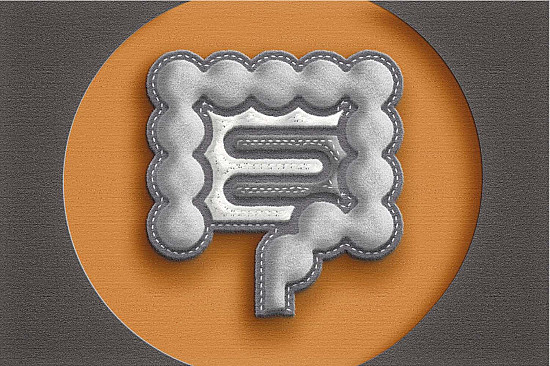Why do I have trouble swallowing?
On call

Q. I have developed intermittent difficulty swallowing. Sometimes, it feels like something gets stuck as I swallow, and other times, like my throat muscles don't work correctly. What could cause this?
A. Persistent or recurrent swallowing difficulty (called dysphagia) can happen for a variety of reasons. Once the cause is found, the problem is often reversible. Dysphagia is a more urgent problem if you are losing weight or if you cough or choke after eating. If that's the case, you need to inform your doctor as soon as possible. Sometimes, difficulty swallowing can be a side effect of medicine. Several medications — such as metoclopramide (Reglan), used to treat certain digestive conditions, and some drugs prescribed to treat psychiatric symptoms — can interfere with mouth and throat muscle coordination. Many medicines also cause mouth dryness, which can contribute to swallowing difficulty.
Dysphagia can also happen when the esophagus becomes inflamed, known as esophagitis. Esophagitis most often results from acid reflux. Other less common reasons for the inflammation are drugs, such as the antibiotic doxycycline (Vibramycin) and alendronate (Fosamax) for osteoporosis, or an infection.
Illnesses that affect the function of muscles or nerves can also cause swallowing problems. Examples are stroke, Parkinson's disease, and other neurologic diseases. Sometimes, a feeling of a lump in the throat can interfere with swallowing. This can be a symptom of a medical problem, such as an enlarged thyroid, swollen lymph nodes, or throat irritation due to acid reflux. It may also be caused by anxiety. You should schedule a visit with your doctor to consider these possibilities. Tests that your health care provider might recommend include these:
A video swallowing study. This test uses an x-ray technique called fluoroscopy to videotape your swallowing while you consume samples of foods or drinks containing a material that shows up on an x-ray.
Esophagogastroduodenoscopy (EGD). The doctor passes a camera on a flexible, narrow tube down your throat. This allows your doctor to view the esophagus, stomach, and duodenum (the first part of the small intestine).
Barium swallow. For this x-ray test, you swallow a liquid that shows up on x-rays, so your doctor can view its movement through your esophagus.
Laryngoscopy. Your doctor examines your larynx (the organ that contains your vocal cords), using a camera attached to a flexible, narrow tube that is inserted into your nose or mouth.
Image: © kazuma seki/Getty Images
About the Author

Howard E. LeWine, MD, Chief Medical Editor, Harvard Health Publishing; Editorial Advisory Board Member, Harvard Health Publishing
Disclaimer:
As a service to our readers, Harvard Health Publishing provides access to our library of archived content. Please note the date of last review or update on all articles.
No content on this site, regardless of date, should ever be used as a substitute for direct medical advice from your doctor or other qualified clinician.
















